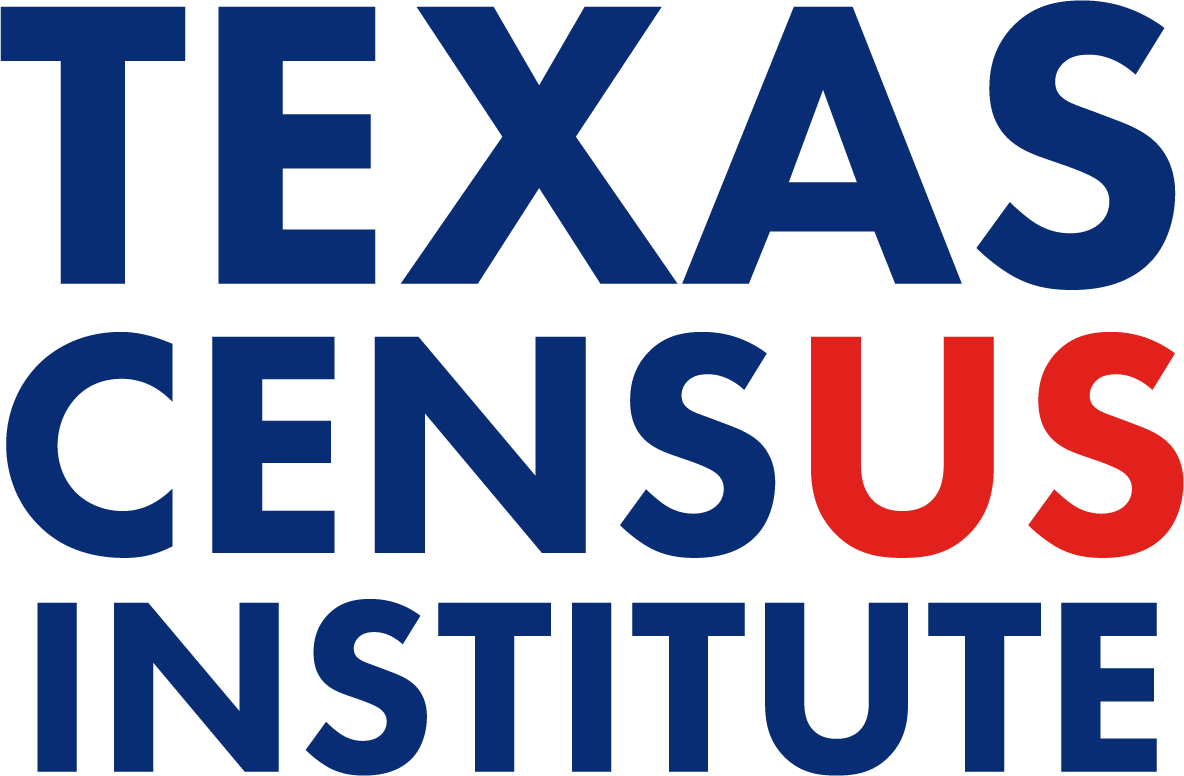BLOG | Census Undercount | February 2024
Measuring The Undercount in Texas Counties

Introduction
Following each decennial census, the Census Bureau (the Bureau) checks its findings by going back to a select number of households and conducting a Post Enumeration Survey (PES). In 2022, the PES in Texas found a 500,000+ person undercount. Because many federal program dollars are allocated based on population, an undercount of this magnitude can cost a state billions of dollars. In fact, research from the Texas Census Institute (TxCI) shows that the losses in Texas could reach $25 Billion between the 2020 Census and the next time the census is taken in 2030.
What does this mean for our communities? How will an undercount-driven funding shortfall impact the hiring of school teachers in Lufkin or Midland/Odessa? Will it impact funding for road building in growing suburbs around DFW and Houston? To answer these questions and more, it is essential that we understand how the undercount is distributed across specific counties and regions.
The Challenge and the Opportunity
The census is a rich trove of data; however, information from the Bureau regarding the undercount is only provided at a statewide level.
To more accurately track the economic and social impacts of census undercounting on local communities across the state, TxCI turned to one of its partners, the Texas Demographic Center (TDC). Every two years, the TDC produces county-level Texas Population Projections. These projections are built upon the prior decennial census’ population count, to which are added or subtracted births, deaths, and migration estimates for each county for the following years and decades.
In TxCI’s newest research brief, Dr. Francisco A. Castellanos-Sosa (Senior Research Associate at the Texas Census Institute) contrasted these approaches – the Census Bureau’s PES and the TDC’s Texas Population Projections – to approximate and locate the under and overcounts across Texas counties.
The TDC Texas Population Projections for counties correlate almost perfectly with those of the census count, confirming that the TDC Population Projections reflect the geographical dispersion of people across the state as the census does.
The TDC Population Projections suggest the Texas population might, indeed, be higher than the census count by approximately (530,000) people.
TxCI’s discovery of these associations is important for three reasons. First, it helps validate the Census Bureau’s undercount by using data from two respected sources. Second, it helps us understand where undercounts occured. Third, TxCI’s research allows organizations and policymakers to target and amplify their local and statewide efforts to improve the census self-response rate, make policy improvements to remove structural barriers, and conduct campaigns raising awareness of the importance of a complete count. All these help equip communities to better plan for the future and access their fair share of federal resources.
And what did we learn?
As the discourse on census accuracy continues, this analysis lays additional important groundwork for informed decision-making at both state and regional levels.
SIGN UP for our email updates and follow us on LinkedIn to be notified as our research is released or PARTNER WITH US to create a stronger, safer, and more prosperous Texas.









